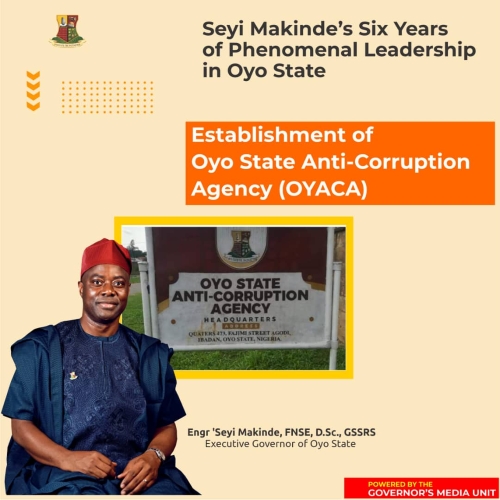
Oyo, 18th Century: The Oyo Empire was at the peak of its power and prosperity during the 18th century, dominating much of what is now modern-day Nigeria. At the heart of this expansive kingdom was the figure of Bashorun Gaa, a nobleman and military leader whose influence shaped the course of the empire for decades.
Bashorun Gaa, a descendant of the legendary Bashorun Yau Yamba, rose to prominence in the 1750s. Appointed as the Bashorun, or prime minister, he quickly amassed significant power and authority. Known for his military prowess and his mastery of traditional medicine and charms, Gaa was beloved by the people for protecting them from cruel rule by the Alaafins, or kings.
However, Gaa’s ambition soon overshadowed his benevolent image. He began consolidating all the powers and tributes of the Oyo kingdom under his control, appointing his own kinsmen as provincial governors (Ajeles) across the conquered territories. Gaa held sway during the reigns of five consecutive Alaafins, and was instrumental in many of the empire’s military conquests during this period.
Historians recount that Gaa was responsible for the deposition or even death of four of these Alaafins, as he sought to maintain his dominant position. This led to growing tensions and internal power struggles within the Oyo hierarchy.
The tide finally turned against Gaa during the reign of Alaafin Abiodun, who ruled from around 1774 to 1789. Through a combination of trickery and betrayal by his own generals, Abiodun was able to subdue the powerful Bashorun, marking the beginning of the Oyo Empire’s decline.
The story of Bashorun Gaa serves as a cautionary tale of the dangers of unbridled ambition and the concentration of power in the hands of a single individual. His rise and eventual downfall highlight the complex dynamics that shaped the fortunes of the once-mighty Oyo Empire.
Historians continue to study this pivotal figure, whose legacy continues to reverberate through the annals of West African history.











